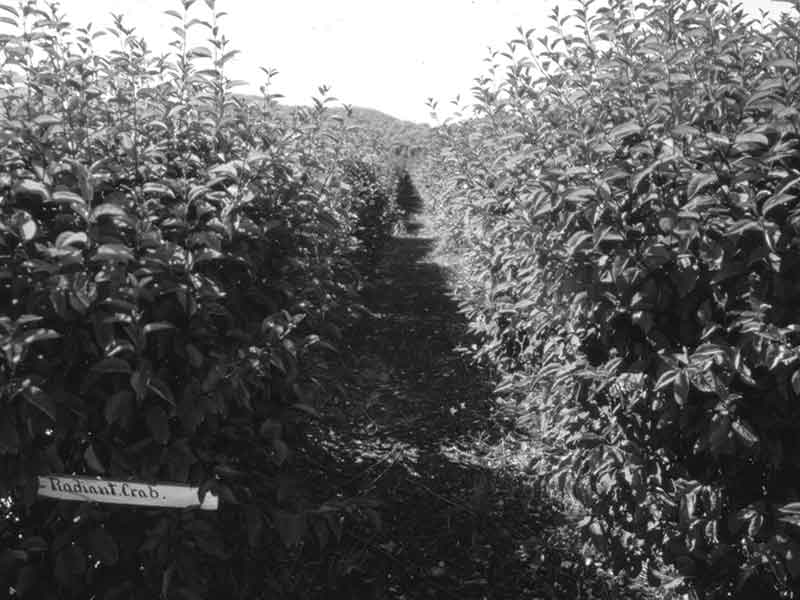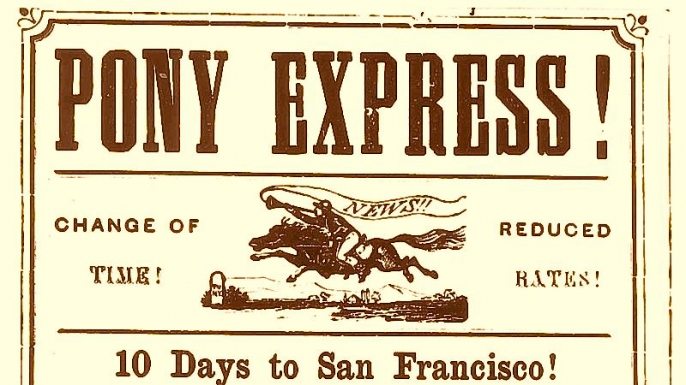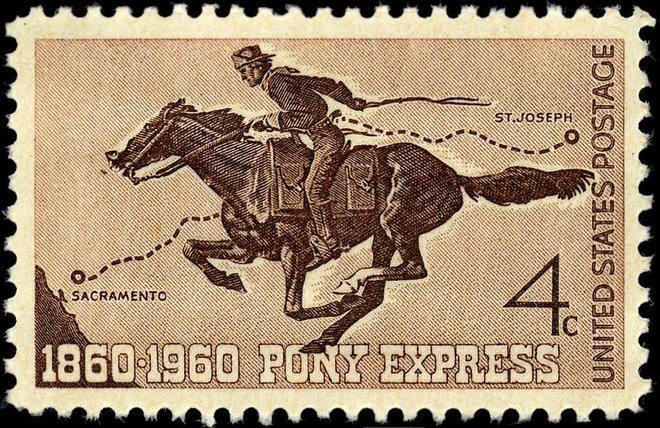Autumn is harvest time, and when we think of harvest, we think of picking apples, in addition to other crops and fruits and vegetables. When we think of apples, we can’t help but think of Stark Bro’s, as the company is well known. When we think of Stark Bro’s, we also think about planting apple trees, best done in the fall, so the trees’ roots can settle in, take hold, and wake up ready to grow next spring. So we come full circle from harvest to planting.
There may be no better place to learn about planting apples in the entire country than Stark Bro’s in Louisiana, Missouri. Stark Bro’s is the world’s oldest continuously operating nursery. It started in 1816, when James Hart Stark came by covered wagon from Bourbon County, Kentucky, to settle on the Mississippi River’s western banks at Louisiana. In his saddlebags, he carried with him apple scions from his father’s orchard. These were shoots of apple trees for planting and grafting. James had learned the art of grafting fruit trees to get better fruit before he came to Missouri.
Soon, he established a reputation for superior trees and fruit, and people came from miles around to buy both. When the railroads opened markets nationwide, Stark Bro’s became a household name.
Business was booming by 1893, when the third generation of Starks was running the business and held the first International New Fruit Fair. Growers were encouraged to send samples of new varieties for a contest. A strange-looking elongated apple with five bumps on the blossom end was the first winner, but no one knew who had sent the apples. The next year, the same grower entered the fruit again, and this time Jesse Hiatt was recognized as the grower. His aptly named Delicious apple won the contest again, and Clarence Stark immediately bought the rights to the apple. Then in 1914, Stark Bro’s received a yellow package of apples. The Golden Delicious apple had better flavor and could be stored longer than other yellow apples. Today, about 60 percent of the world’s apples are descended from these two.
The Stark family sold the company in 1994 to a mail-order corporation, which went bankrupt in 2001. But a small group of dedicated employees worked without pay to save the current crop, grafting and budding every rootstock. Stark Bro’s might have ended without those loyal “budders” who wanted to save the company. Impressed by the dedication of its people, Cameron Brown and Tim Abair bought Stark Bro’s out of bankruptcy, and they along with their workers today continue to protect the legacy of the Stark Bro’s.
Travel through the years with Stark Bro’s in these photos.

1868: This tintype photo image of the fields is not much different from how they look today.

1873: Railroads were beginning to spread and be used, but the main method of shipping was still wooden wagons loaded by men.

1888: Field workers harvest and store the apple crop in barrels that were made at the nursery.

1895: In the Victorian era, crabapple trees were all the rage. Many varieties were grown and sold by Stark Bro’s.

1901: Industrialization comes to the fields, with steam-powered tree diggers supplementing the manual labor.

1922: Men often worked in the fields for ten hours a day in extreme heat or cold.

1939: Homer Reed’s marvelous tree-digging tractor is still housed on Stark Bro’s property.

1947: Rows of trees helped fill the demand after World War II. Almost every home had at least two trees for pollination.

1952: Production supervisors walked every row of every acre, checking every single tree along the way.

1960: Clay Hamilton Stark surveys the peach trees. His tie reveals his position as president and a fourth-generation Stark.

1970: Paul Stark Jr., a fifth-generation owner, shows off a bumper apple crop in bushel baskets.

1981: These two employees work in a peach orchard across the river from Louisiana in Atlas, Illinois.

1995: Tree staking is now common to keep dwarf trees anchored in the ground during high winds.

2002: Stark Bro’s continues to innovate. Growing experiments with high density help raise yields per acre.

2018: These trees in the field are tagged and ready to go to home gardens.
Related Posts
January 31, 1812
Birthday of William H. Russell of Lexington, MO. He was a co-founder of a huge freighting firm, the Overland Stage Co., and the Pony Express. Read more about him in Tales From Missouri and the Heartland.
October 4, 1814
Birthday of Alexander Majors of Westport, MO. He was a co-founder of a huge freighting firm, the Overland Stage Co., and the Pony Express. Read more about him in Tales From Missouri and the Heartland.


